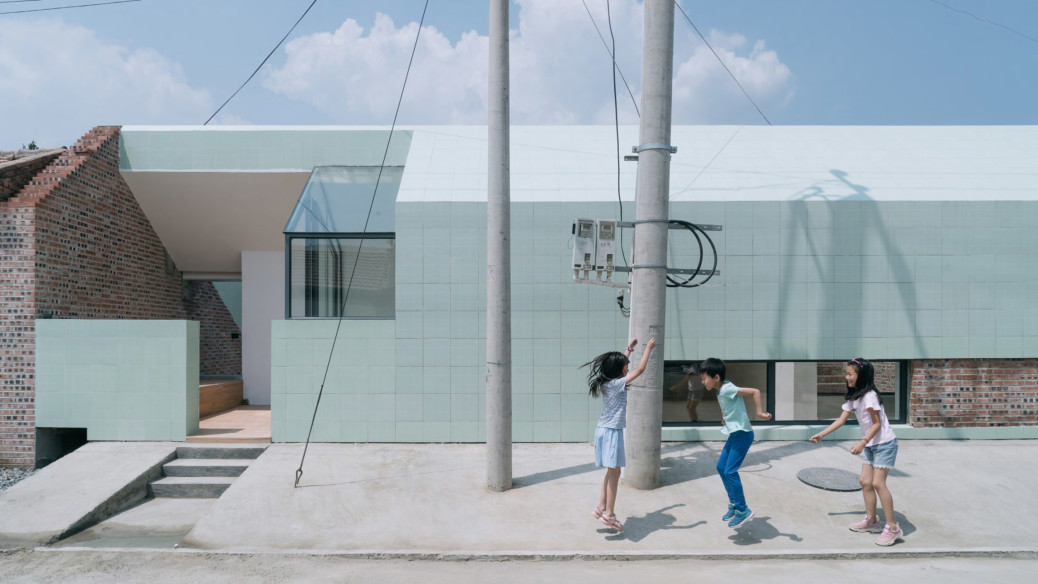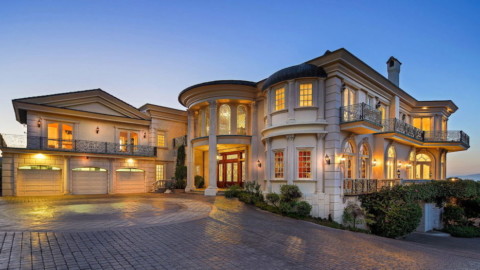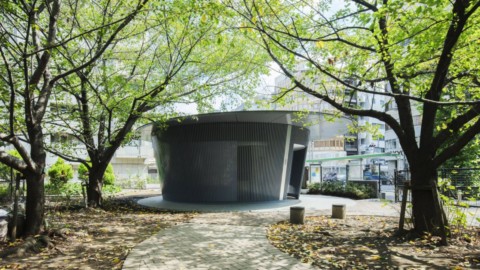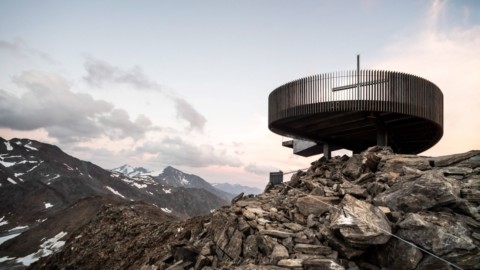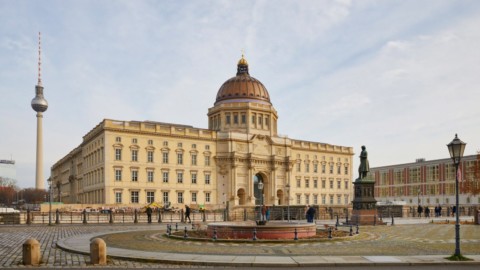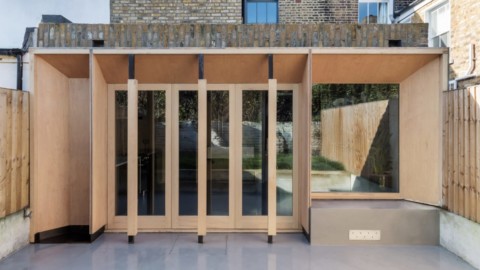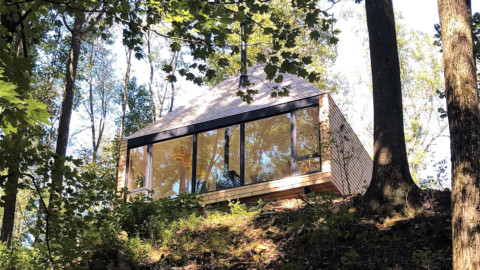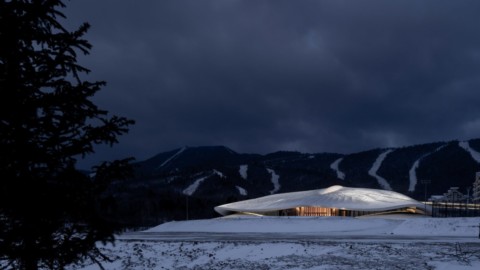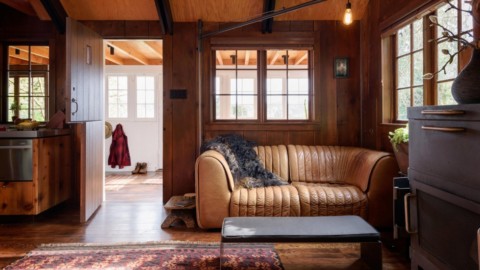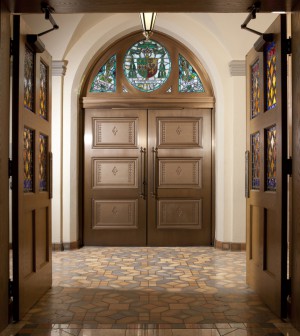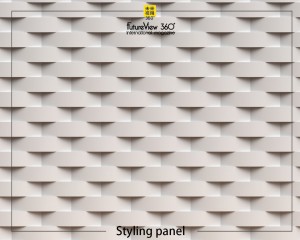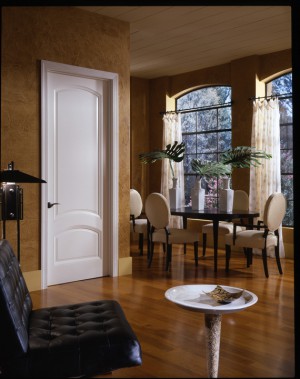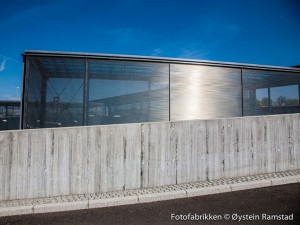Wonder Architects have used pale green ceramic tiles to clad a house extension in Yangqing, China, that mirrors the form of its traditional neighbours.
Called Intertwine House, the building closely resembles the dimensions and pitched roofs of the village’s existing houses, so old and modern architecture sit side by side.
Wonder Architects使用淡綠色的瓷磚覆蓋了中國陽慶的一處房屋擴建部分,以反映其傳統鄰居的形式。
該建築被稱為Intertwine House,與村莊現有房屋的尺寸和傾斜的屋頂非常相似,因此舊的和現代的建築並排放置。
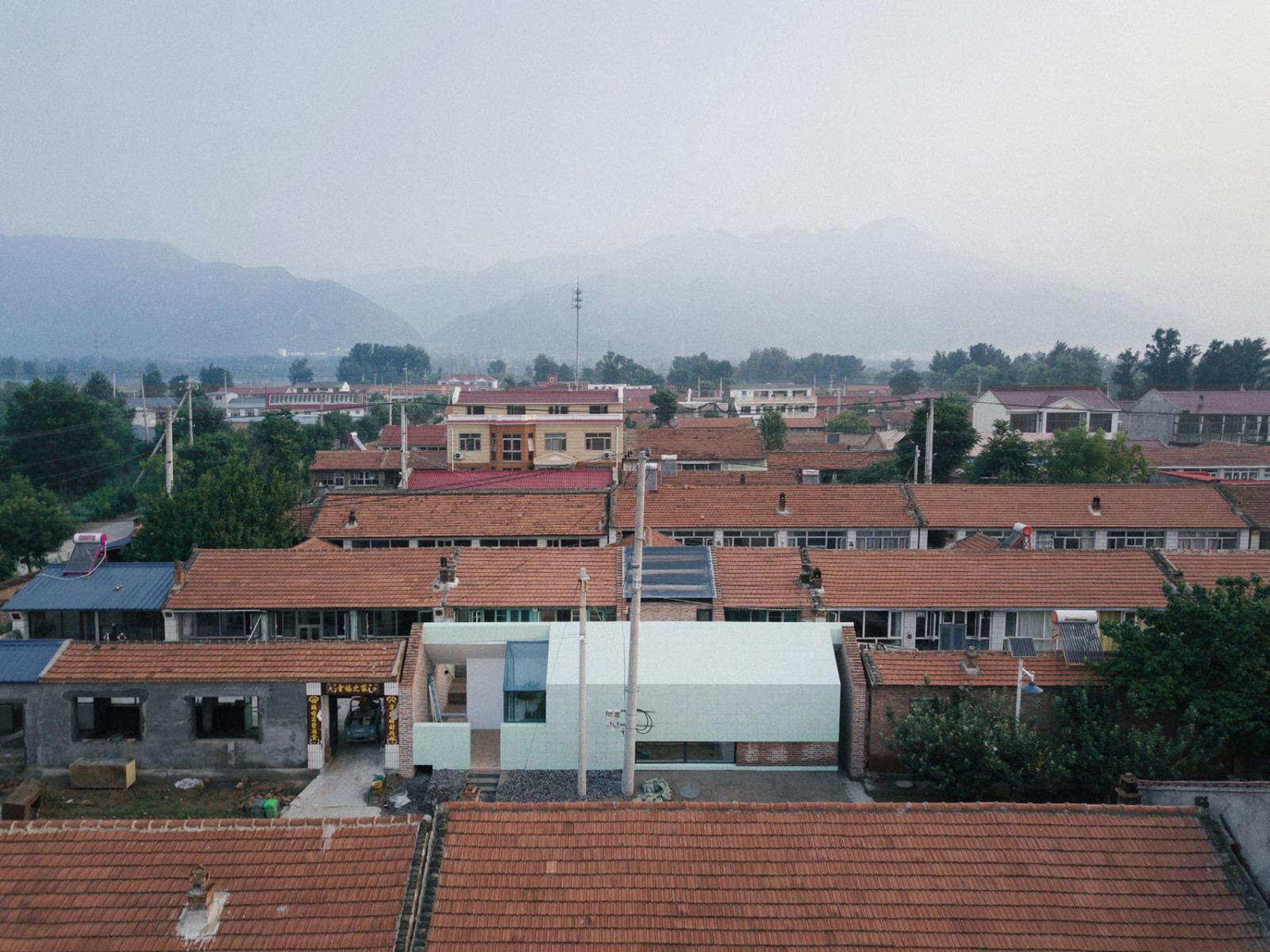
Wonder Architects said they wanted to explore how China’s rural areas can respond to urban renewal without erasing their existing architecture.
“The [original] house, built in the 1980s was originally used as a wedding room,” said Wonder Architects.
“Even if it has been ruined, it still exudes the happiness of that time, and accepts long bits of wear and tear over the years.”
Wonder Architects表示,他們想探索中國農村地區如何在不刪除現有建築的情況下應對城市更新。
“始建於1980年代的[原始]房子最初是用作婚房,” Wonder Architects說。
“即使它被毀了,它仍然散發著那個時代的幸福,並且多年來承受著長久的磨損。”
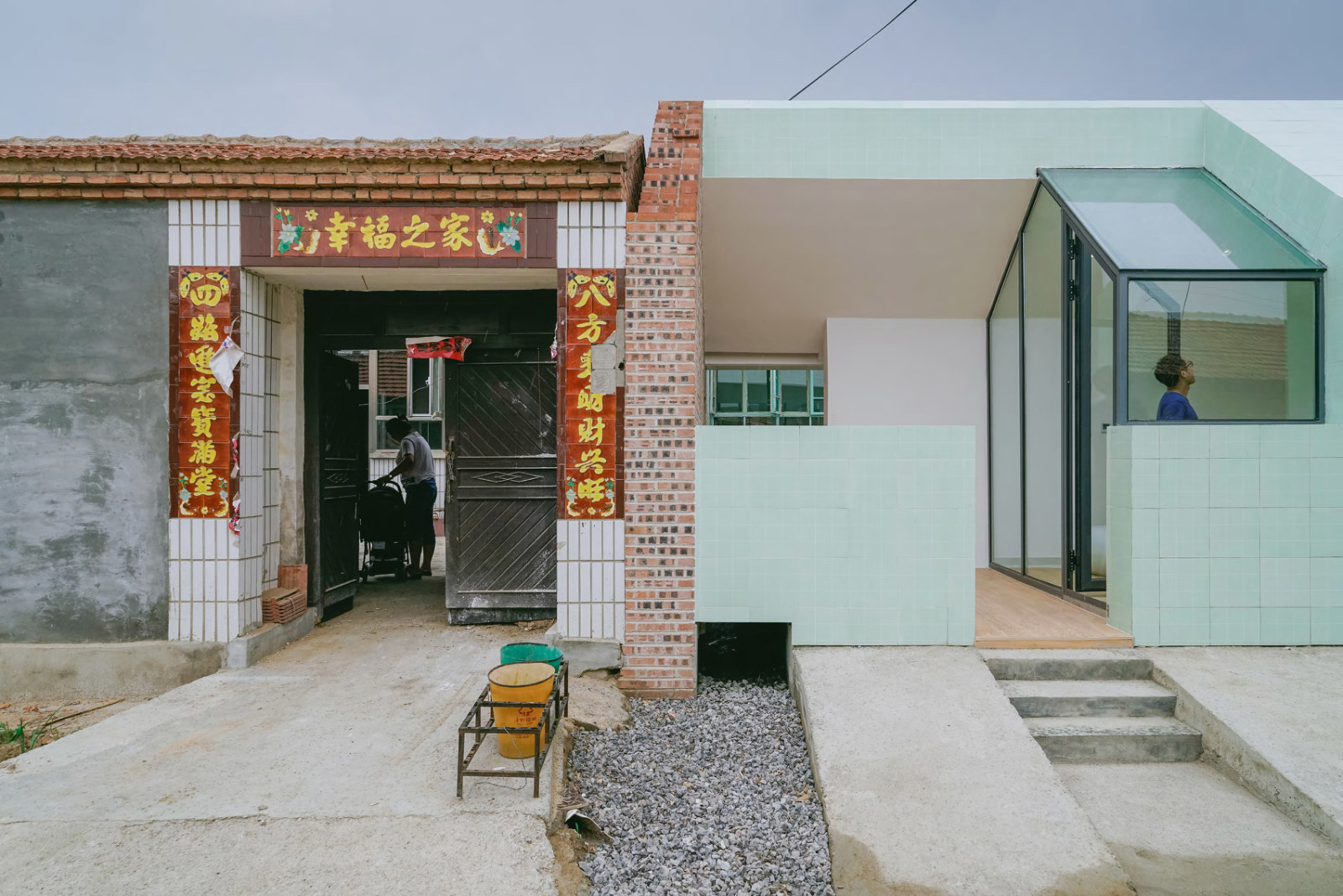
The new building is a formally distinct volume, built on a former yard space, that links to the existing house both via a “cave-like” internal corridor and an upper-level terrace framed by sloping walls.
Intertwine House’s contemporary ceramic finish meets the old brickwork and wooden structure of the original building in lines that run through its walls and roof terrace.
新建築是一個形式上截然不同的建築,建在以前的院子空間上,並通過“洞形”內部走廊和由傾斜牆圍成的高層露台與現有房屋相連。
Intertwine House的當代陶瓷飾面與原始建築的舊磚砌結構和木製結構相交,並貫穿其牆壁和屋頂露台。
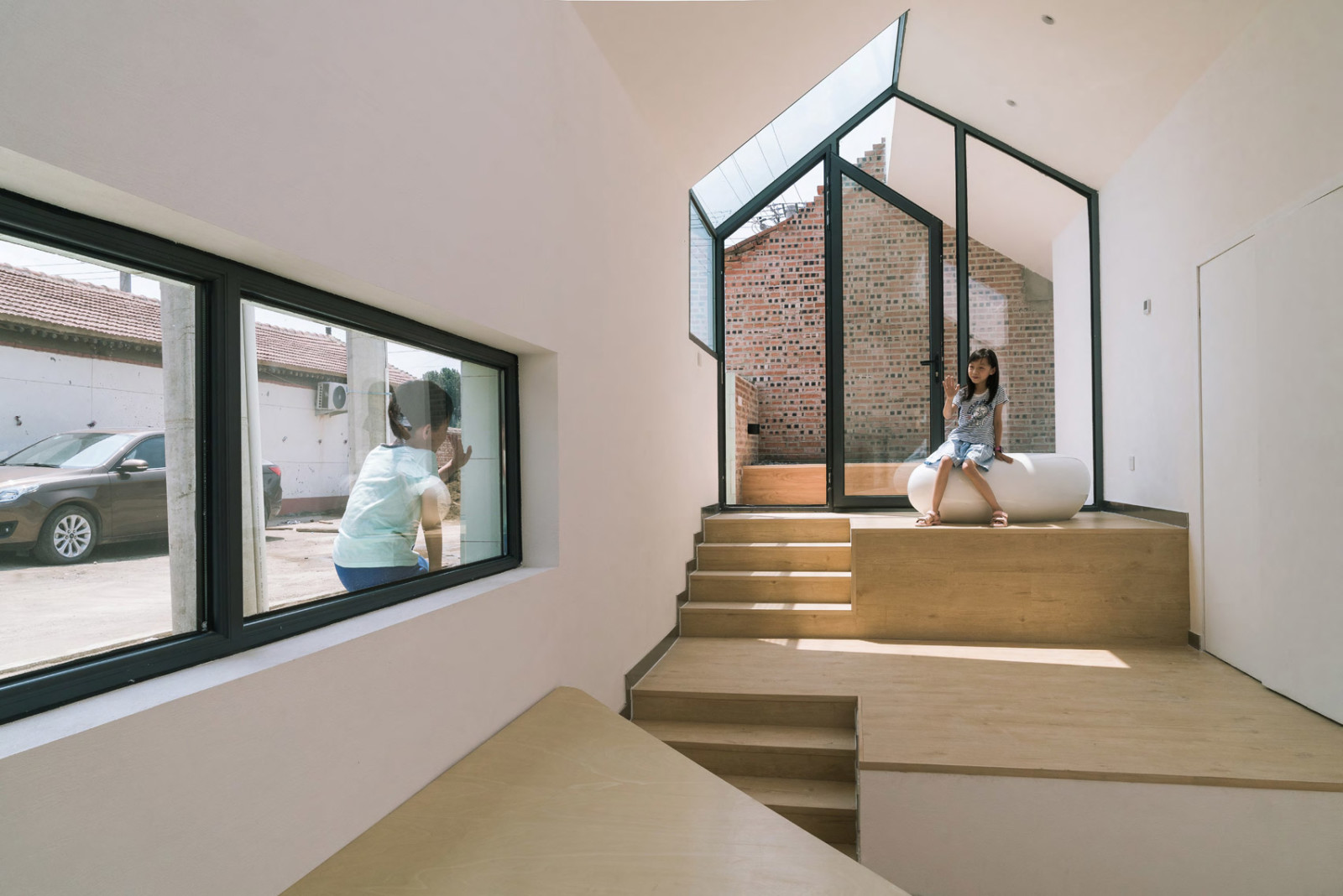
The front door is in open cut in the home’s eastern end, which provides a direct route into the central yard.
Access to the extension is through a glazed gable end that sits behind a low section of wall.
前門在房屋的東端是敞開的,可直接通往中央庭院。
可以通過位於牆壁下部的玻璃山牆末端來訪問擴展部分。
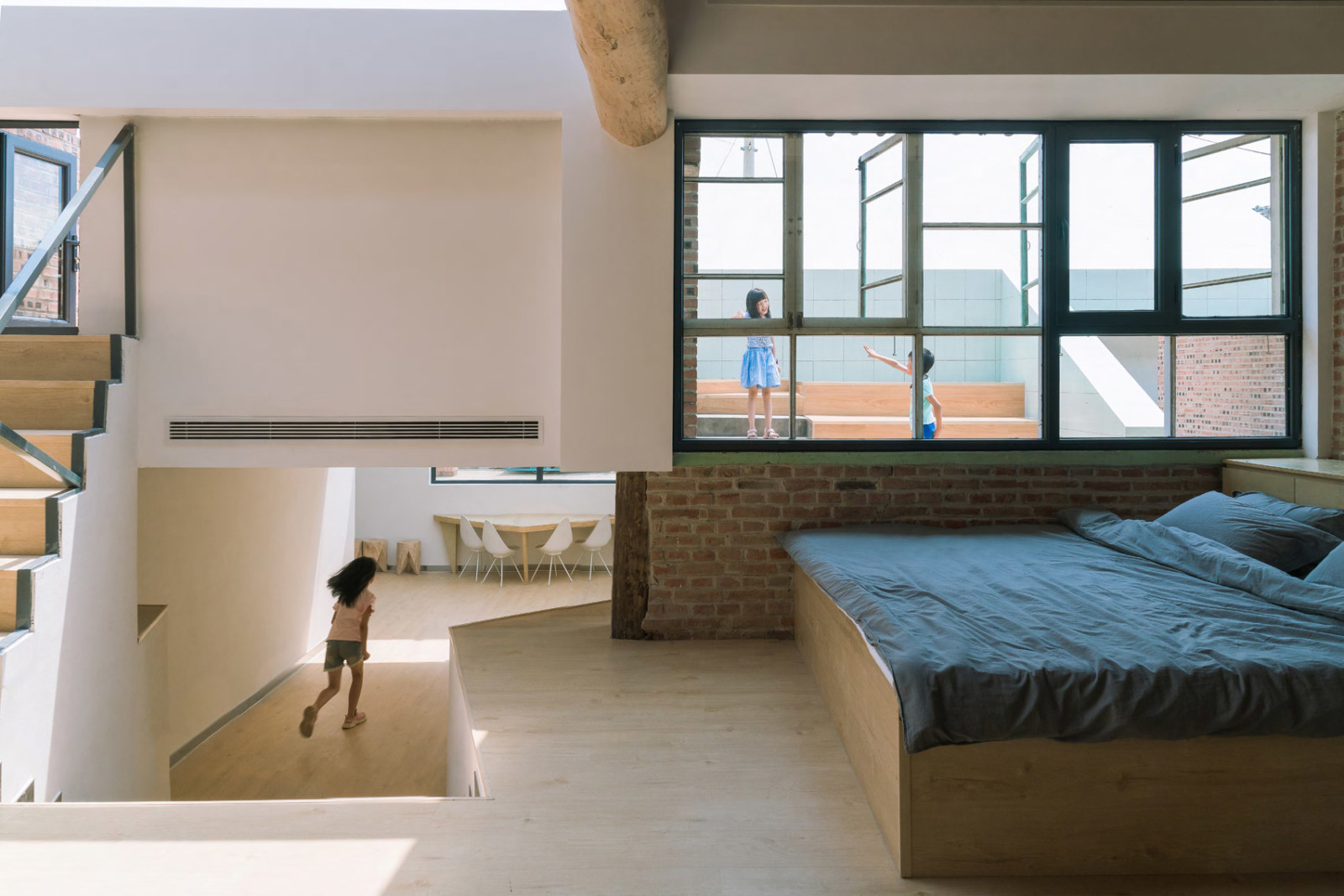
Within this new volume, a kitchen and dining area is illuminated by a ground-level strip of windows in the facade and a large skylight.
在這個新空間中,廚房和就餐區被立面的地面玻璃條和大天窗所照亮。
A small gallery space connects to the original home, which houses bedrooms and bathrooms.
一間小型畫廊空間與原始房屋相連,該房屋設有臥室和浴室。
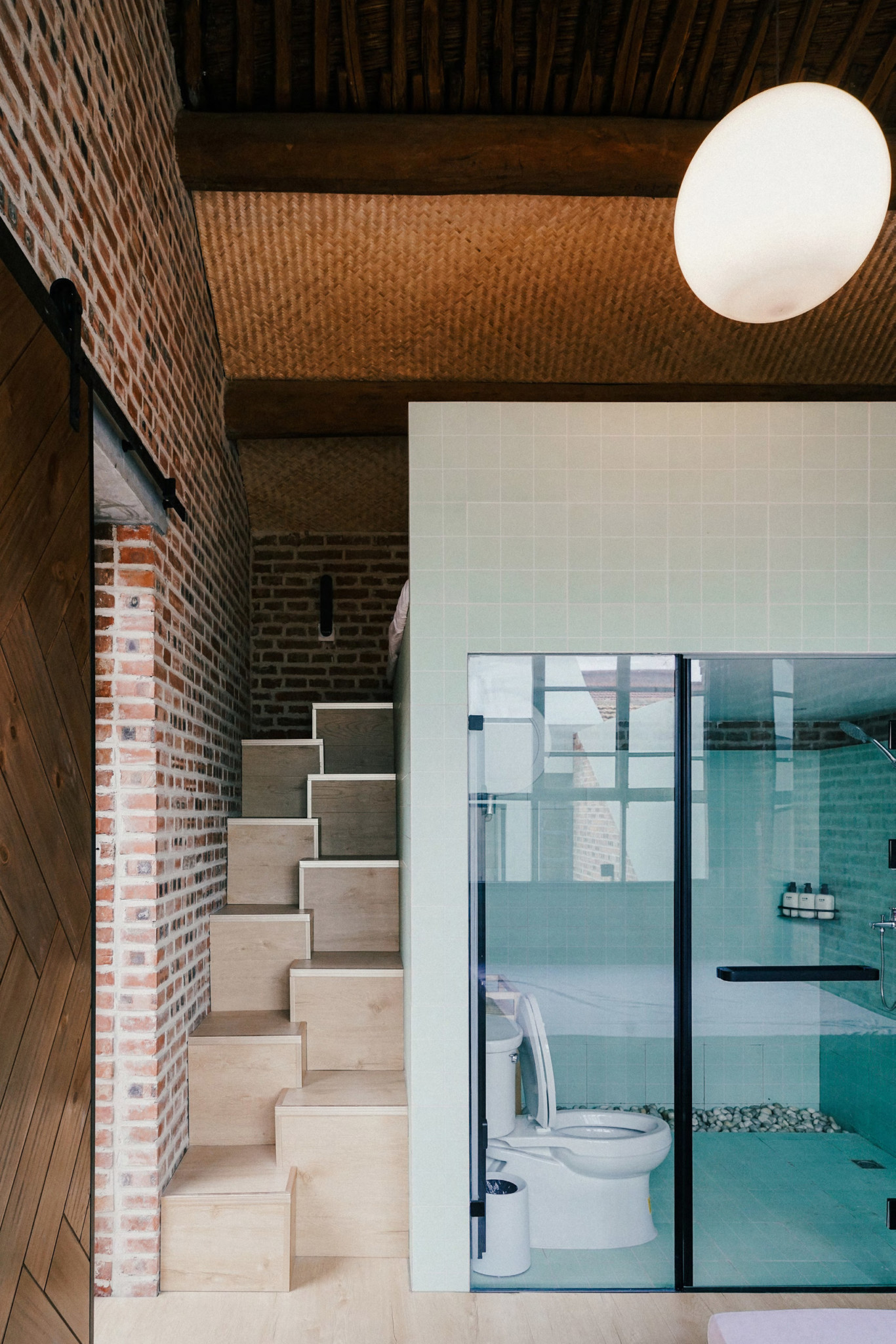
As a further contrast with the wood and brick of the original structure, plain white walls and pale timber floors line the living spaces.
Small sets of stairs that emphasise the changes in level throughout Intertwine House and up to the rood terrace.
與原始結構的木頭和磚塊形成了進一步的對比,純白色牆壁和淺色木地板在起居空間中排列。
一小段樓梯,強調整個Intertwine House和屋頂露台的水平變化。
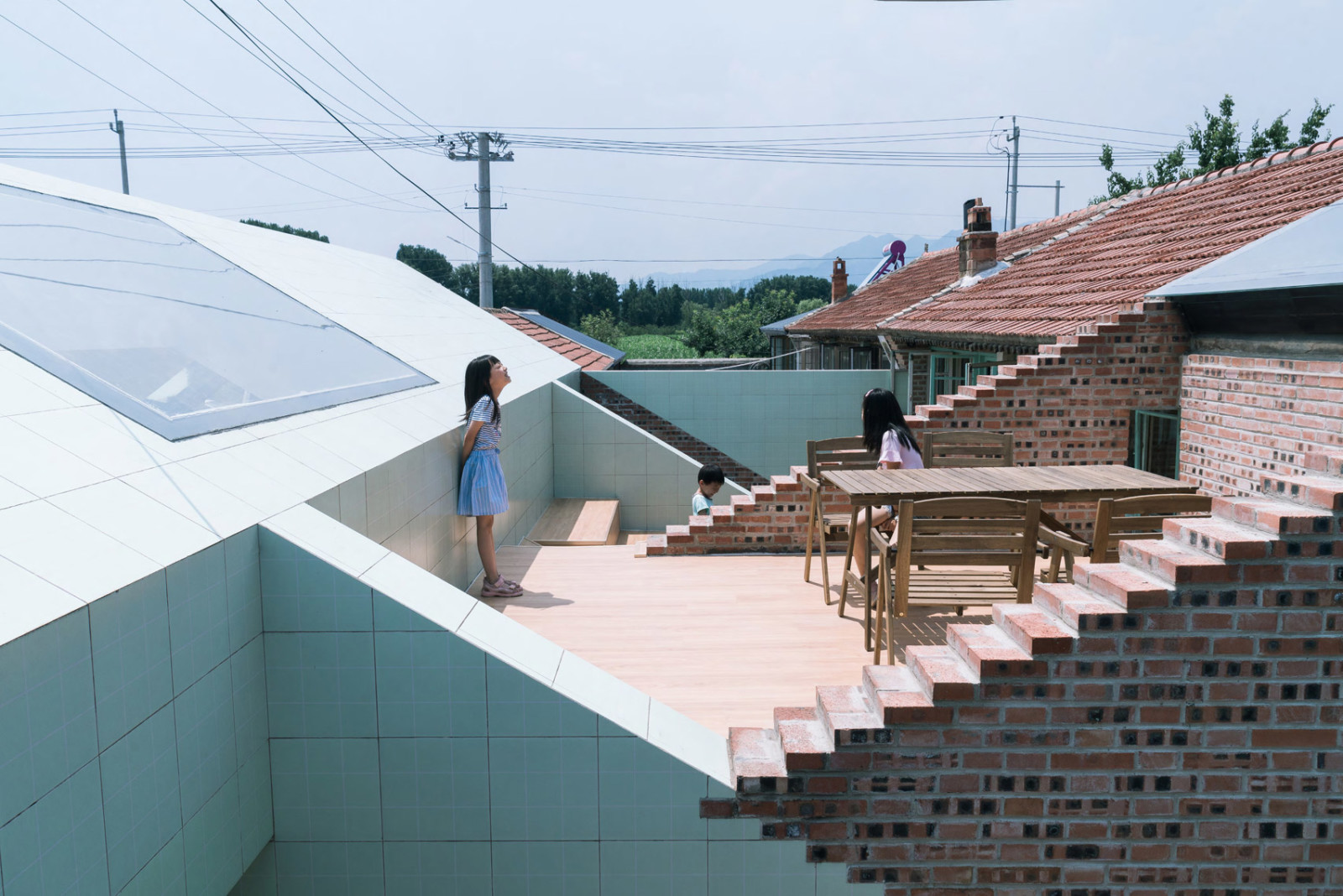
Wonder Architects was founded in 2017 by Zhu Qipeng, Wang Chong, and Wang Sidi.
Several architects have worked to restore and extend traditional structures in China.
Fashion designer Sun Min and architect Christian Taeubert recently renovated a traditional cottage in a village outside Beijing, emphasising its original wooden roof, and MAD added a series of mirrored bubble-like extensions to a traditional Beijing hutong.
Wonder Architects由朱啟鵬,王沖和王思迪於2017年創立。
幾位建築師致力於恢復和擴展中國的傳統建築。
時裝設計師孫敏和建築師克里斯蒂安·陶伯特(Christian Taeubert)最近在北京郊外的一個村莊里翻修了一座傳統小屋,強調其原始的木質屋頂,而MAD在傳統的北京胡同中添加了一系列鏡面像氣泡的延伸部分。
Project credits:
Design corporation: Wonder Architects
Architectural design: Chong Wang
Shop drawing: Chong Wang, Tailin Jin
Structural Engineer: Xuemei Gao
項目學分:
設計公司:Wonder Architects
建築設計:王沖
商店圖紙:王沖,金泰林
結構工程師:高學梅
FROM:https://www.dezeen.com/2020/01/02/intertwine-house-wonder-architects-tiles-extension-china/

